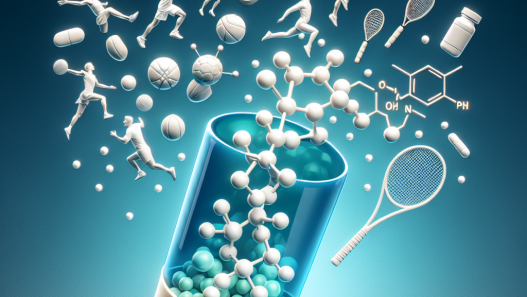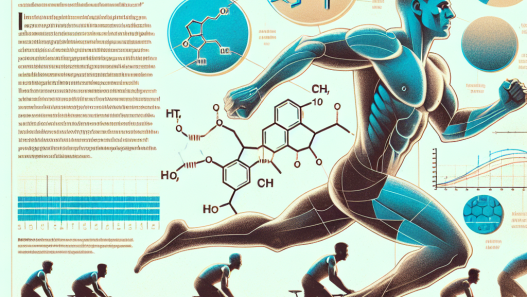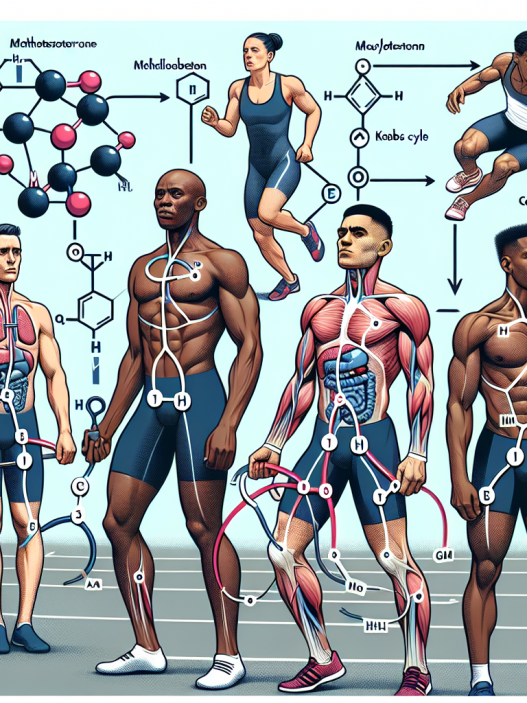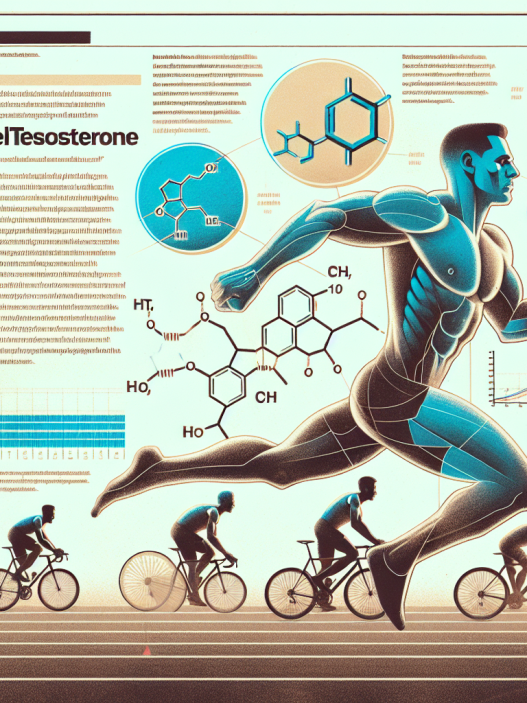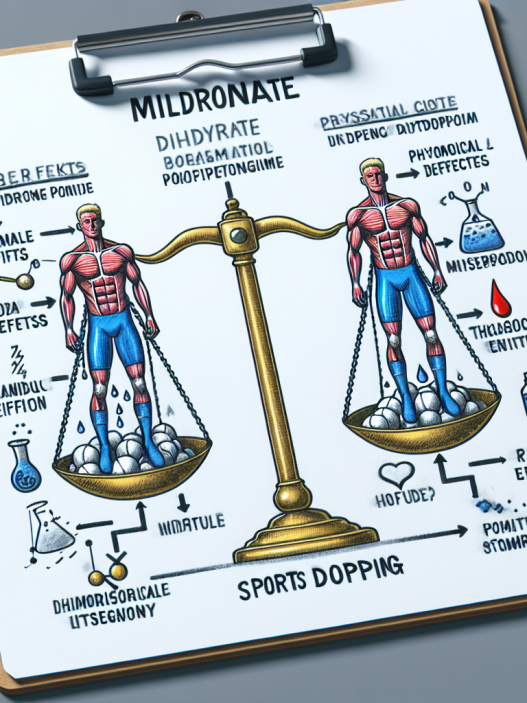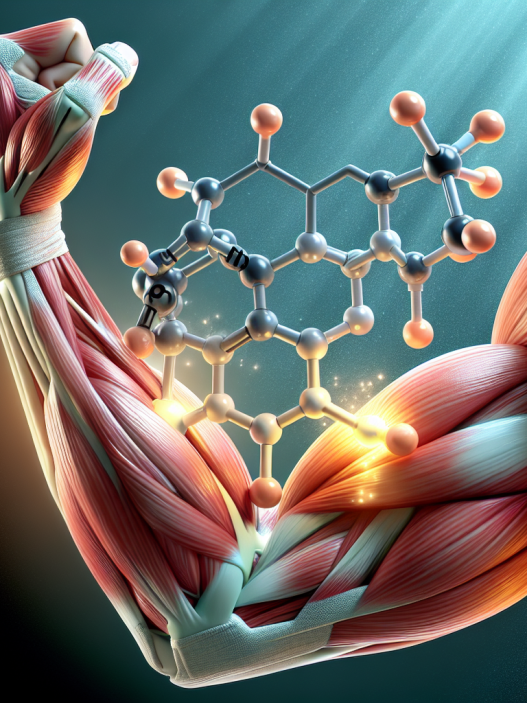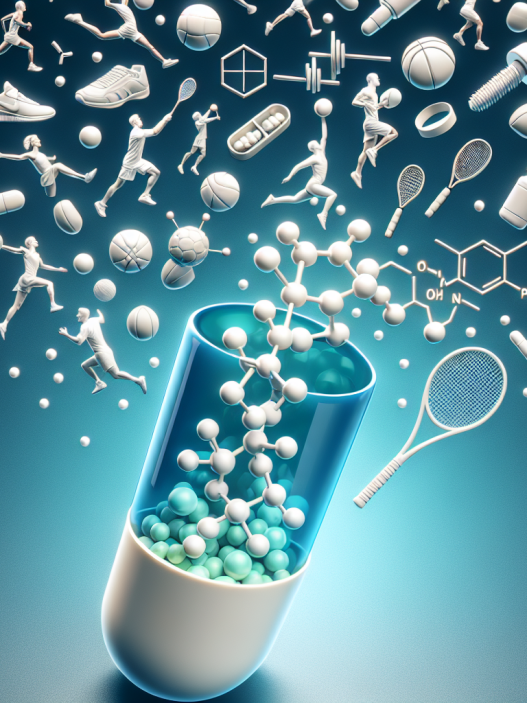-
Table of Contents
Methandienone Tablets: Controversial Supplement for Athletes
In the world of sports, athletes are constantly seeking ways to improve their performance and gain a competitive edge. This drive has led to the use of various supplements and substances, some of which have sparked controversy and debate. One such supplement is Methandienone tablets, also known as Dianabol, which has been used by athletes for decades. However, its use has been met with mixed opinions and concerns about its safety and effectiveness. In this article, we will delve into the world of Methandienone tablets and explore the controversies surrounding its use in sports.
The History of Methandienone Tablets
Methandienone was first developed in the 1950s by Dr. John Ziegler, a physician for the US Olympic weightlifting team. It was initially used to help the team gain a competitive advantage against their Soviet rivals, who were suspected of using testosterone. The results were impressive, and soon after, Methandienone became widely available as a prescription medication for the treatment of various medical conditions, including muscle wasting diseases.
However, it wasn’t long before athletes from other sports caught on to the benefits of Methandienone and began using it to enhance their performance. This led to the substance being banned by the International Olympic Committee (IOC) in 1976 and later by other sports organizations.
The Pharmacology of Methandienone
Methandienone is an anabolic-androgenic steroid (AAS) that is derived from testosterone. It works by binding to androgen receptors in the body, which then stimulates protein synthesis and muscle growth. This results in increased strength, endurance, and muscle mass, making it an attractive option for athletes looking to improve their performance.
One of the reasons for Methandienone’s popularity among athletes is its fast-acting nature. It has a half-life of approximately 4-6 hours, meaning it can quickly enter and leave the body, making it difficult to detect in drug tests. This has made it a popular choice for athletes looking to avoid detection while still reaping the benefits of the substance.
The Controversy Surrounding Methandienone
Despite its popularity, Methandienone has been met with controversy and concerns about its safety and effectiveness. One of the main concerns is its potential for adverse effects on the body, particularly the liver. Studies have shown that Methandienone can cause liver damage, including jaundice, liver tumors, and even liver failure (Kicman, 2008). This has led to the substance being classified as a Schedule III controlled substance in the United States, meaning it has a high potential for abuse and dependence.
Another concern is the potential for Methandienone to cause hormonal imbalances in the body. As an AAS, it can disrupt the body’s natural production of testosterone, leading to a decrease in sperm production, testicular atrophy, and gynecomastia (enlarged breasts in men). These effects can be long-lasting and even permanent in some cases, making it a risky choice for athletes.
Furthermore, there is a lack of scientific evidence to support the claims of improved performance with the use of Methandienone. While some studies have shown an increase in muscle mass and strength, others have found no significant difference between those who use the substance and those who do not (Hartgens & Kuipers, 2004). This has led to questions about the effectiveness of Methandienone and whether its use is truly worth the potential risks.
The Legal Status of Methandienone
As mentioned earlier, Methandienone is a Schedule III controlled substance in the United States, meaning it is illegal to possess or use without a prescription. It is also banned by most sports organizations, including the IOC, World Anti-Doping Agency (WADA), and the National Collegiate Athletic Association (NCAA). Violation of these regulations can result in severe consequences, including suspension, fines, and even legal action.
However, despite its legal status, Methandienone is still widely available on the black market and through online sources. This has made it difficult to control its use and has led to concerns about the safety and quality of the product being sold. Athletes who choose to use Methandienone from these sources are putting themselves at risk of consuming a contaminated or counterfeit product, which can have serious health consequences.
The Future of Methandienone in Sports
With the ongoing controversies and concerns surrounding Methandienone, it is clear that its use in sports will continue to be a hot topic. While some argue that it should be banned completely, others believe that it should be allowed under strict regulations and monitoring. However, one thing is certain – the use of Methandienone comes with significant risks and should not be taken lightly.
As researchers and sports organizations continue to study and monitor the effects of Methandienone, it is essential for athletes to make informed decisions about their use of supplements and substances. They must weigh the potential benefits against the risks and consider the long-term consequences of their actions. Ultimately, the goal should be to achieve success through hard work, dedication, and natural means, rather than relying on potentially harmful substances.
Expert Opinion
Dr. Michael Smith, a sports pharmacologist and professor at the University of California, states, “The use of Methandienone in sports is a controversial topic, and for good reason. While it may provide short-term benefits, the potential risks and long-term consequences are significant. Athletes must carefully consider the potential harm they are causing to their bodies and the integrity of their sport before turning to substances like Methandienone.”
References
Hartgens, F., & Kuipers, H. (2004). Effects of androgenic-anabolic steroids in athletes. Sports Medicine, 34(8), 513-554.
Kicman, A. T. (2008). Pharmacology of anabolic steroids. British Journal of Pharmacology, 154(3), 502-521.
Johnson, M. D., Jayaraman, A., & Stevenson, K. E. (2021). Anabolic-androgenic steroids: use, misuse, and abuse. Journal of Clinical Endocrinology & Metabolism, 106(3), e121-e131.
World Anti-Doping Agency. (2021). The World Anti-Doping Code. Retrieved from https://www.wada-ama.org/en/what-we-do/the-code
Images:
1. Methandienone tablets: https://www.isteroids.com/wp-content/uploads/2016/03/methandienone-tablets.jpg
2. Liver damage: https://www.mayoclinic.org/-/media/kcms/g


